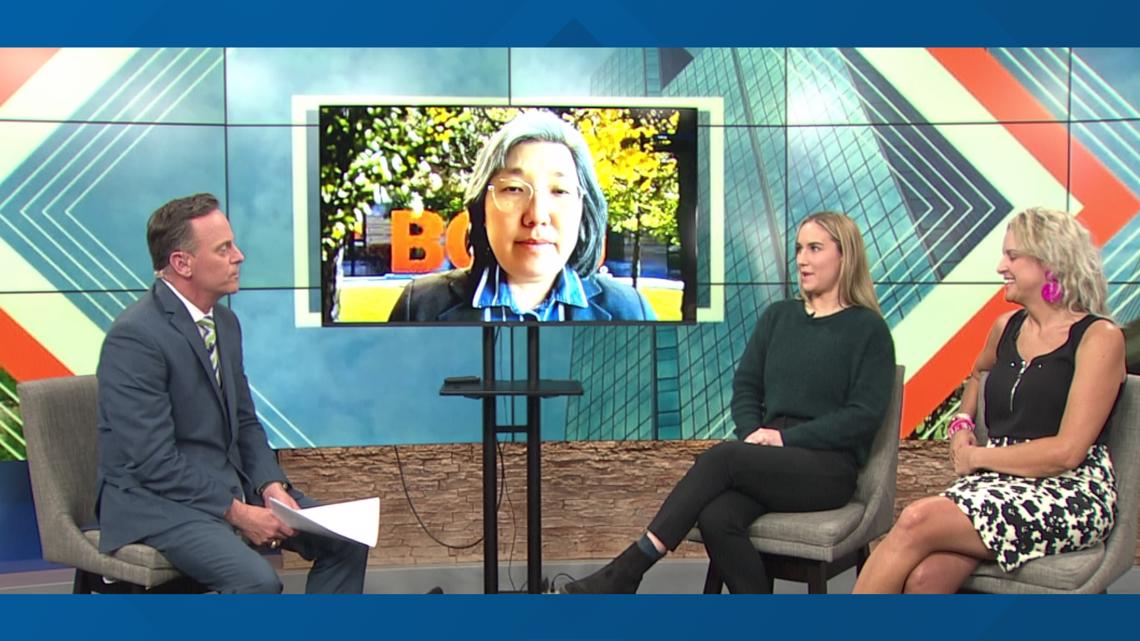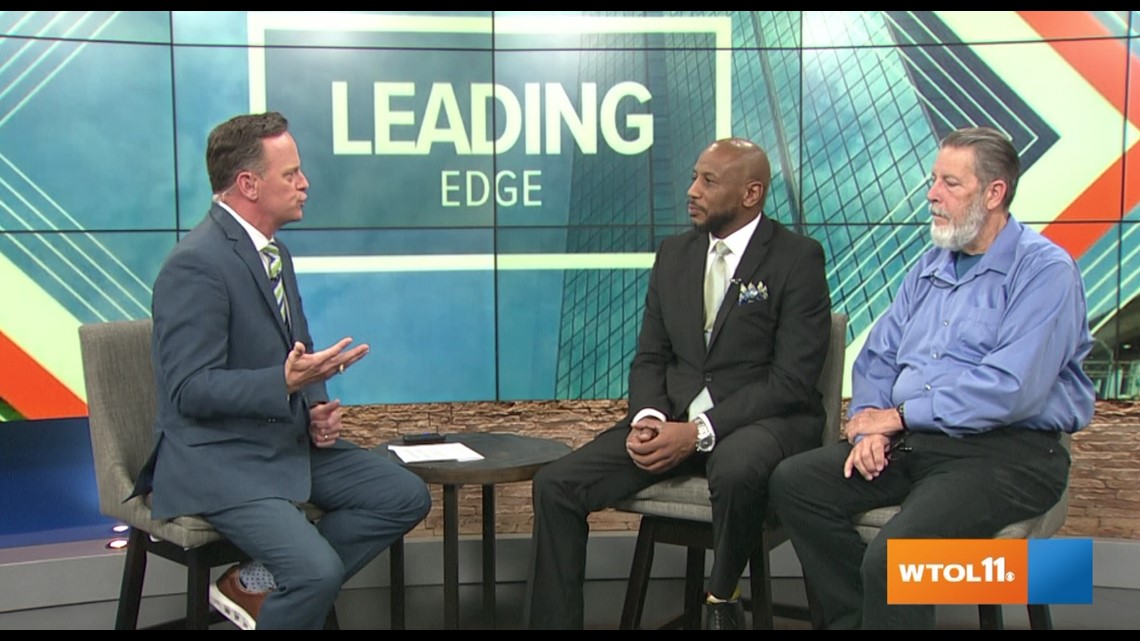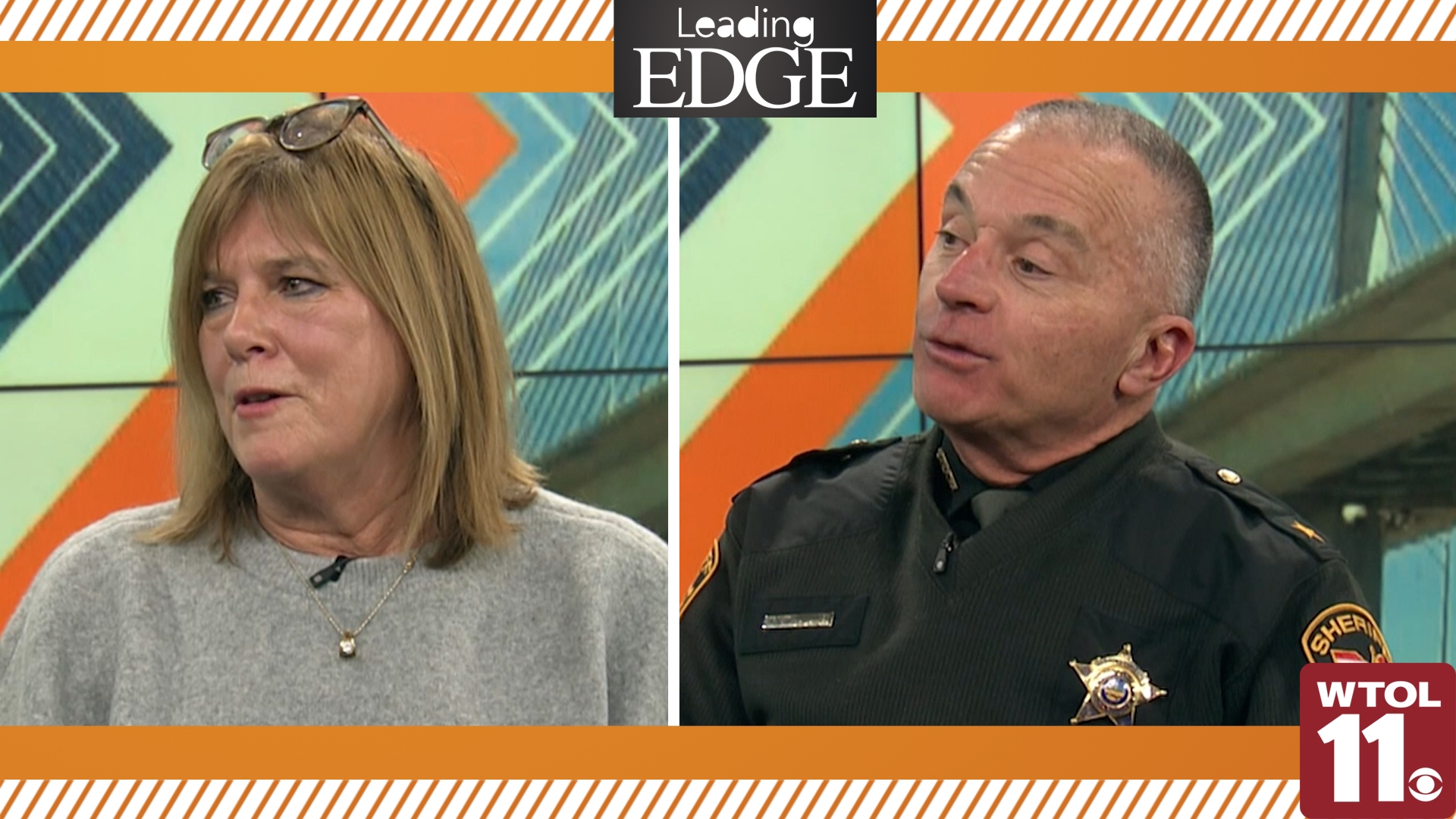TOLEDO, Ohio — Washington Local Schools Director of Communications Katie Peters needed a way to connect and communicate with her students. Social media provided that vehicle.
“I was a high school English teacher and I needed a way to keep that bridge with my students alive, even though we weren’t in the same physical space,” Peters said. “It really served its purpose in connecting us in ways that I would not have been able to without it.”
That sentiment definitely falls on the side of those who are proponents of the digital outlet. According to a 2018 study by Monica Anderson and Jingjing Jiang called, “Teens’ Social Media Habits and Experiences,” 81% of teens aged 13 to 17 reported that social media makes them feel more connected to the people in their lives and 68% said using it makes them feel supported in tough times.
Another interesting take comes from BGSU School of Media and Communications Professor Louisa Ha, Ph.D., who points out that some of the bullying that goes on in real life may be secret or in the shadows compared to what happens online.


“Actually, making it visible and commentable (on social media) actually makes it better than what happens offline when people can’t see it,” Ha said.
Like it or not, social media is a part of everyday life. It's how many of you or your family check to see what's happening in the world. But do we really need it?
A source with knowledge of recent violence in Toledo told WTOL 11 the other day that one of the reasons we’re seeing so much of it is because kids have been “beefing” on social media all winter, and now they’re seeing each other on the streets and they’re coming armed.


"I do talk about social media fueling the fire, flaming the flames, to get a reaction out of people who wouldn't necessarily have a reaction to something going on and then it might result in violence," Mack said.
Leading Edge airs Sundays at 8:30 a.m. on WTOL 11.



